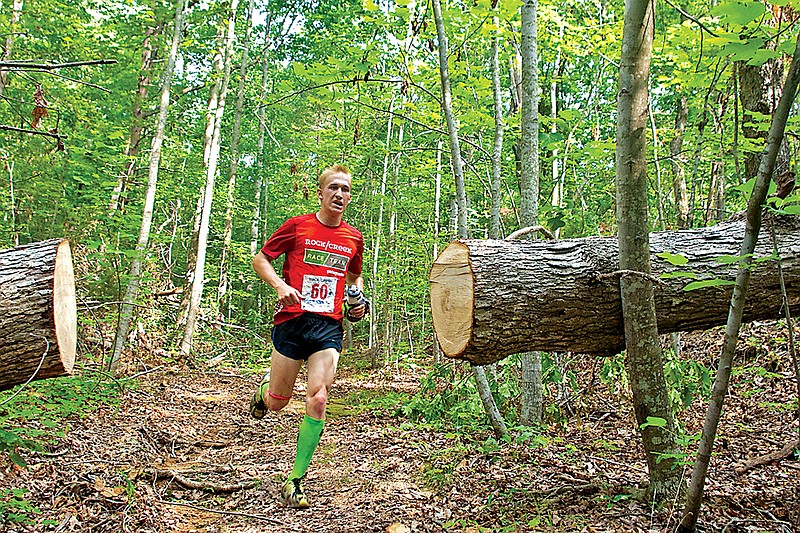John Hardin doesn't think multi-day racing is as difficult as most runners expect it to be.
The runners who survive his three-day stage race tend to disagree.
Each year, the Cumberland Plateau Stage Race, held in Jamestown, Tennessee, draws 100-150 athletes from all over the Southeast, and each year, 20-30 percent of them fail to complete it. But it isn't just because they haven't trained hard enough or because they've underestimated the combined 50-mile course, Hardin says.
It's because stage racing requires endurance and strategy.
Stage races challenge participants to run a set distance each day over the course of several days. Though the concept is simple, the follow-through is not.
When running a marathon or an ultra, racers are usually free to push their bodies to the limit before collapsing into a month-long recovery coma. But when they have to get up and run a similar distance the next day, and the day after that, racers are forced to look at how they plan their day more carefully, says David Olsen, who claimed first place at the Cumberland Plateau Stage Race last year.
Getting the fastest time on day one could mean fizzling out on day two, the 25-year-old explains. And failing to use recovery time efficiently could spell disaster on the course.
Having run all four of the Southeast's premier three-day stage races, Olsen, who also took first place in the Birmingham Stage Race and second in the Chattanooga Mountains Stage Race, shares the strategy he uses to endure.
Day 1: Surveillance
On the first day of any stage race, Olsen's goal is to completely forget he's racing. By taking it easy and enjoying the trail, he explains, you avoid putting too much strain on your body early in the race, and you also get a good feel for the course. A more relaxed pace also gives you a chance to feel out the competition, he adds, which will prove helpful on day two.
Day 2: Strategy
On day two, it's time to put all the intel you gathered the day before to good use. The goal is to find runners who match your pace or faster runners whose pace you hope to match, Olsen says. If you paid attention on day one, you should have an idea of which racers are closest to your speed. You should also have an idea of which runners start fast but slow toward the end of the day. Keeping tabs on the latter will prevent you from pacing someone you would have ultimately caught up to anyway, Olsen explains.
Being smart about who you keep pace with can help shave enough minutes off your time, helping to put you in a competitive spot on the final day of the race.
Day 3: Survival
When you wake up sore on that last day and hear how far you have to run, it will sound unfathomable, Olsen says. But your body can do it, he says - it'll just require a shift in mentality.
By day three, you'll be used to holding back so you can live to race another day, but at the final stage, your goal is to let go. "Forget how tired you are, forget how everything feels, even forget where you think you should be in the pace group," Olsen says. "Do whatever it takes to finish day three as fast as you can, because there's nothing left to save up for." He advises carrying more food and water than you did on any previous days, and keeping your mind anchored on the moment instead of thinking about the distance.
"The finish line will come sooner than you think," Olsen says.
Recovery
The key to finishing any multi-day race is learning how to recover quickly, a skill stage race medalist David Olsen says runners tend to develop over time through trial and error. Though each athlete has a different process, Olsen says the following has worked best for him.Stretching: As soon as the race is over, Olsen finds shade and spends 15-20 minutes foam-rolling and stretching his hamstrings and hips, which are problem areas for most runners. If he feels pain later in the day, he stretches again.Eating: The hours between two long-distance races are no time to count calories, Olsen says. The more he eats the night before, the better he feels the next day of the race. That usually means telling himself he needs the food despite any initial hesitation.Sleeping: Olsen tries not to nap during the day as it makes it harder to sleep at night. He prefers getting a solid 9-10 hours every night to give his body time to heal.Socializing: Some runners get so caught up in recovering that they miss out on a chance to meet the other runners camping out near the course. Olsen recommends taking the time to enjoy hanging out with other competitors, even if only to uncover their strategies.
